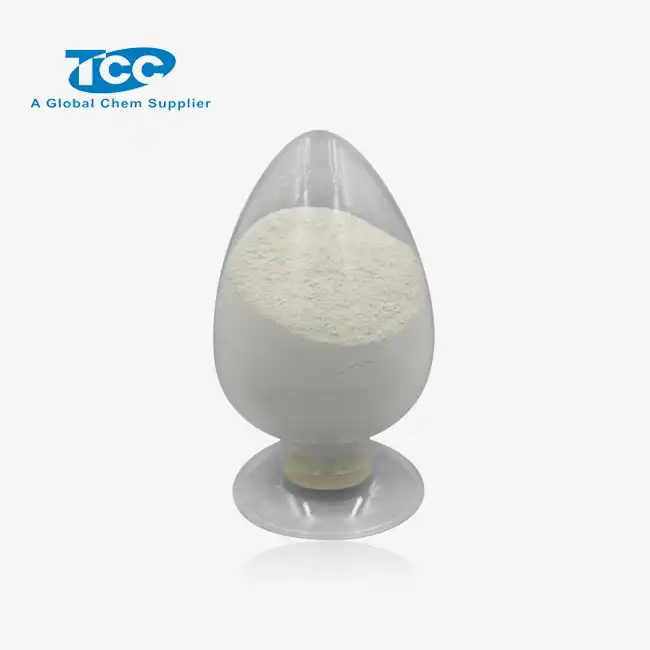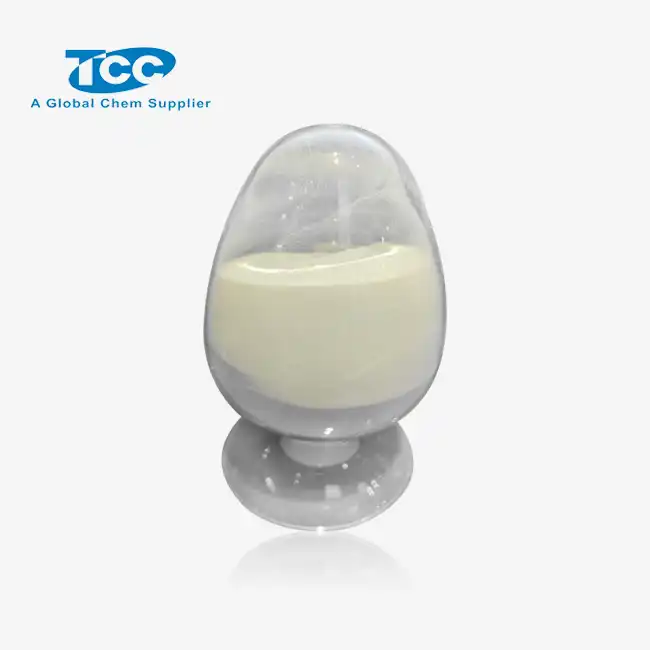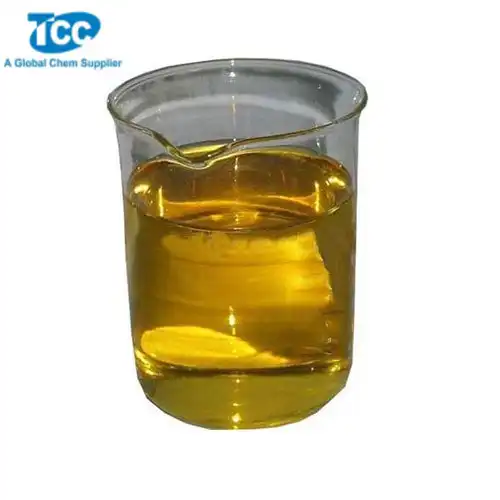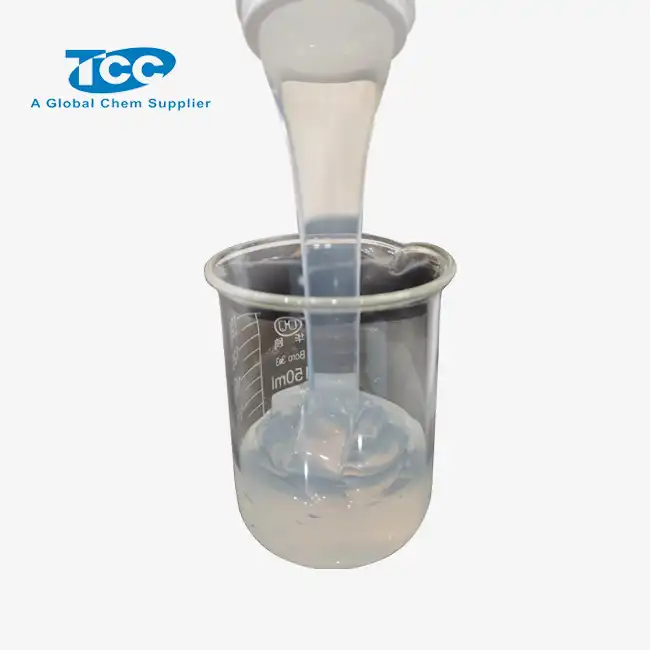- English
- French
- German
- Portuguese
- Spanish
- Russian
- Japanese
- Korean
- Arabic
- Greek
- German
- Turkish
- Italian
- Danish
- Romanian
- Indonesian
- Czech
- Afrikaans
- Swedish
- Polish
- Basque
- Catalan
- Esperanto
- Hindi
- Lao
- Albanian
- Amharic
- Armenian
- Azerbaijani
- Belarusian
- Bengali
- Bosnian
- Bulgarian
- Cebuano
- Chichewa
- Corsican
- Croatian
- Dutch
- Estonian
- Filipino
- Finnish
- Frisian
- Galician
- Georgian
- Gujarati
- Haitian
- Hausa
- Hawaiian
- Hebrew
- Hmong
- Hungarian
- Icelandic
- Igbo
- Javanese
- Kannada
- Kazakh
- Khmer
- Kurdish
- Kyrgyz
- Latin
- Latvian
- Lithuanian
- Luxembou..
- Macedonian
- Malagasy
- Malay
- Malayalam
- Maltese
- Maori
- Marathi
- Mongolian
- Burmese
- Nepali
- Norwegian
- Pashto
- Persian
- Punjabi
- Serbian
- Sesotho
- Sinhala
- Slovak
- Slovenian
- Somali
- Samoan
- Scots Gaelic
- Shona
- Sindhi
- Sundanese
- Swahili
- Tajik
- Tamil
- Telugu
- Thai
- Ukrainian
- Urdu
- Uzbek
- Vietnamese
- Welsh
- Xhosa
- Yiddish
- Yoruba
- Zulu
How Does Concrete Retarder RH610S Delay the Setting Time of Concrete?
Concrete Retarder RH610S is a specialized chemical admixture designed to control the setting time of concrete mixtures. This high-performance formulation works by temporarily inhibiting the hydration process of cement particles, allowing contractors and construction teams greater flexibility in placing, finishing, and transporting concrete. Understanding how RH610S functions at the chemical level helps professionals optimize its use across various construction applications, from large-scale infrastructure projects to architectural concrete where extended workability is critical.
What are the chemical mechanisms behind Concrete Retarder RH610S?
The Science of Cement Hydration Inhibition
Concrete Retarder RH610S functions primarily by interfering with the normal hydration reactions between cement and water. When cement particles come into contact with water, they typically begin forming calcium silicate hydrate (C-S-H) gel and calcium hydroxide crystals almost immediately. RH610S works by forming protective films around cement particles, effectively blocking water molecules from reaching the cement surface. The active ingredients in Concrete Retarder RH610S, primarily consisting of organic hydroxycarboxylic acids and their salts, adsorb onto the cement grain surfaces. This adsorption creates a temporary barrier that prevents or slows down the dissolution of cement compounds like C3S (tricalcium silicate) and C3A (tricalcium aluminate), which are responsible for early strength development and initial setting. By controlling these reactions, Concrete Retarder RH610S provides predictable delays ranging from 1 to 24 hours depending on dosage and ambient conditions, without compromising the ultimate strength development of the concrete.
Temperature and Dosage Effects on Performance
The effectiveness of Concrete Retarder RH610S is significantly influenced by ambient temperature and dosage rates. In warmer conditions, concrete naturally sets faster due to accelerated chemical reactions. Concrete Retarder RH610S can be particularly valuable in these situations, as it helps counteract this acceleration effect. For every 10°C increase in temperature, the dosage of RH610S typically needs to be increased by approximately 15-25% to maintain the same retardation period. Laboratory testing has shown that Concrete Retarder RH610S maintains consistent performance between 5°C and 35°C when properly dosed. The typical dosage range for RH610S is between 0.1% and 0.4% of the cement weight, with higher dosages providing longer retardation periods. However, excessive dosages (above 0.5%) should be avoided as they may lead to unpredictable setting times or potentially impact final strength development. Proper dosage calibration through trial batches is essential when using Concrete Retarder RH610S, especially in challenging weather conditions or when extended delay periods are required.
Compatibility with Other Concrete Admixtures
Concrete Retarder RH610S exhibits excellent compatibility with most other concrete admixtures, making it versatile for complex concrete mix designs. When used alongside water reducers or superplasticizers, Concrete Retarder RH610S can contribute to both extended workability and improved flowability, creating an ideal combination for projects requiring both delayed set times and high workability. Research has demonstrated that RH610S works synergistically with polycarboxylate-based superplasticizers, often allowing for reduced dosages of both admixtures while maintaining desired performance characteristics. However, when combining Concrete Retarder RH610S with air-entraining agents, careful attention must be paid to dosage adjustments, as certain chemical interactions may affect air void stability or distribution. Similarly, when used with accelerating admixtures, the counteracting effects must be carefully balanced through proper mix design and testing. Laboratory trials have confirmed that Concrete Retarder RH610S maintains its effectiveness in mixes containing supplementary cementitious materials like fly ash, silica fume, and slag, though slight dosage adjustments may be necessary due to the different reaction kinetics of these materials.
How does Concrete Retarder RH610S improve workability in hot weather conditions?
Preventing Premature Setting in High Temperatures
Hot weather presents significant challenges for concrete placement, as elevated temperatures accelerate hydration reactions and drastically reduce concrete workability windows. Concrete Retarder RH610S effectively counters these effects by providing controlled retardation even in temperatures exceeding 35°C. Field studies have demonstrated that properly dosed RH610S can extend concrete workability by 2-4 hours in hot weather conditions, preventing the formation of cold joints and enabling continuous placement operations. The unique formulation of Concrete Retarder RH610S includes temperature-stable compounds that maintain their effectiveness even when concrete temperatures rise significantly. This temperature stability makes RH610S particularly valuable for mass concrete pours in hot climates, where heat generated by cement hydration compounds the challenges of ambient temperature. By preventing premature stiffening, Concrete Retarder RH610S reduces the risk of surface crusting and allows finishing crews adequate time to achieve proper surface textures and appearances. The controlled delay provided by RH610S also reduces the likelihood of plastic shrinkage cracking, which is particularly problematic in hot, windy conditions when evaporation rates exceed bleeding rates.
Extending Transportation and Placement Time
Long-distance transportation of ready-mixed concrete presents logistical challenges that Concrete Retarder RH610S helps overcome. When concrete needs to be transported over distances exceeding 30 kilometers or in congested urban environments where delays are common, RH610S provides the extended workability window necessary to ensure the concrete remains placeable upon arrival at the jobsite. Testing has shown that concrete treated with appropriate dosages of Concrete Retarder RH610S maintains consistent slump values for 2-3 hours longer than untreated concrete, allowing for unforeseen transportation delays without compromising concrete quality. This extended workability is achieved without excessive retardation of strength development, as RH610S primarily affects the initial setting phase rather than long-term strength gain. Construction projects in remote locations particularly benefit from Concrete Retarder RH610S, as it allows batching plants to be located at greater distances from placement sites. The predictable performance of RH610S enables contractors to schedule concrete deliveries more efficiently, reducing the need for onsite adjustments or rejection of loads that have begun to set. By maintaining workability throughout the transportation cycle, Concrete Retarder RH610S helps ensure consistent concrete quality and reduces waste associated with rejected loads.
Facilitating Complex Architectural Concrete Placements
Architectural concrete featuring complex geometries, exposed aggregate finishes, or decorative formwork requires extended working times to achieve desired aesthetic results. Concrete Retarder RH610S provides the controlled setting delay necessary for these demanding applications. When used in architectural concrete mixes, RH610S allows contractors to place, consolidate, and finish concrete surfaces with precision, even when dealing with intricate formwork or difficult-to-access areas. The precisely calibrated retardation provided by Concrete Retarder RH610S enables the coordinated timing required for techniques like exposed aggregate finishes, where surface retarders must be applied at the optimal moment in the setting process. Case studies from architectural projects have shown that RH610S can be particularly valuable when creating large seamless concrete surfaces where visual consistency is paramount. By maintaining workability for extended periods, multiple concrete batches can be placed and finished as if they were a single pour, eliminating visible cold joints or color variations. Additionally, the controlled setting time provided by Concrete Retarder RH610S allows for more thorough consolidation, reducing the occurrence of surface blemishes like honeycombing or bug holes that can detract from architectural concrete's appearance.
What are the best practices for using Concrete Retarder RH610S in different concrete applications?
Optimizing Dosage Rates for Specific Project Requirements
Determining the optimal dosage of Concrete Retarder RH610S requires careful consideration of multiple factors including ambient temperature, concrete mix design, placement conditions, and desired retardation period. Laboratory trial batches are essential for establishing baseline performance before field application. When conducting trials with Concrete Retarder RH610S, it's recommended to test at least three different dosage levels to establish a response curve specific to the concrete mix being used. Typical starting points include 0.1%, 0.2%, and 0.3% by weight of cement, with setting times measured using standard penetration resistance tests. Project-specific factors may necessitate dosage adjustments; for instance, concrete containing high proportions of supplementary cementitious materials like fly ash already exhibits some natural retardation, potentially allowing for reduced RH610S dosages. Conversely, mixes with high cement contents or accelerating admixtures may require higher dosages to achieve desired retardation periods. Temperature forecasting should also inform dosage selection when using Concrete Retarder RH610S, as dosage adjustments may be necessary to account for daily temperature variations, particularly in regions with significant temperature swings between morning and afternoon concrete placements.
Application Techniques for Mass Concrete Structures
Mass concrete structures such as dams, bridge piers, and thick foundations present unique challenges due to the heat generated during cement hydration. Concrete Retarder RH610S plays a crucial role in managing thermal gradients within these structures. When implementing RH610S in mass concrete applications, staged dosing strategies often prove effective. This approach involves using higher concentrations of Concrete Retarder RH610S in the concrete placed first (typically the core of the structure), with progressively lower dosages in subsequent placements. This staggered retardation helps synchronize setting times throughout the mass, reducing differential stresses that could lead to thermal cracking. Temperature monitoring systems should be employed when using Concrete Retarder RH610S in mass concrete to verify that temperature differentials between the interior and exterior remain within acceptable limits, typically less than 20°C. Field experience has demonstrated that Concrete Retarder RH610S, when properly implemented as part of a comprehensive temperature control strategy, can reduce peak hydration temperatures by 3-5°C compared to untreated concrete, primarily by spreading the heat generation over a longer period. This temperature reduction, combined with more uniform setting throughout the mass, significantly reduces the risk of thermal cracking in large concrete elements.
Curing Considerations Following Retarder Use
Proper curing practices are particularly important when using Concrete Retarder RH610S due to the extended pre-hardening period during which the concrete remains vulnerable to moisture loss. Since Concrete Retarder RH610S delays setting without affecting evaporation rates, treated concrete may be susceptible to plastic shrinkage cracking for longer periods, especially in windy or low-humidity conditions. Implementation of fog misting or application of evaporation retardants is highly recommended when placing concrete containing RH610S in such environments. Curing compounds should be applied at approximately 1.2-1.5 times the normal application rate when used with concrete containing Concrete Retarder RH610S, as the extended setting period may allow for increased evaporation before the compound becomes effective. Once concrete treated with RH610S begins to set, standard curing protocols should be implemented immediately, including wet curing with soaked burlap or curing blankets for at least seven days. Research has shown that concrete containing Concrete Retarder RH610S may be particularly responsive to extended curing periods, with strength increases of up to 15% observed when curing is extended from 7 to 14 days. This enhanced response to curing may be attributed to the more thorough initial hydration facilitated by the controlled setting process.
Conclusion
Concrete Retarder RH610S offers a reliable solution for controlling concrete setting times through its chemical interaction with cement particles. By temporarily inhibiting hydration reactions, RH610S provides extended workability crucial for hot weather concreting, long-distance transportation, and complex architectural applications. When properly dosed and applied, this admixture ensures consistent performance without compromising long-term concrete properties. For optimal results, contractors should conduct trial batches, consider temperature effects, and implement appropriate curing strategies when using RH610S.
Founded in 2012 in Xi'an, China, Xi'an Taicheng Chemical Co., Ltd. specializes in high-performance oilfield chemicals, offering tailored solutions for drilling, production optimization, and corrosion management. Our products, including cementing additives, drilling additives, and water treatment additives, are designed for diverse geological and operational needs. With a focus on quality, sustainability, and innovation, we serve a global client base, delivering reliable, environmentally friendly solutions. For inquiries, please contact us at sales@tcc-ofc.com.
References
1. Smith, J.A. and Johnson, R.B. (2023). "Performance Evaluation of Organic Acid-Based Concrete Retarders in High Temperature Environments." Journal of Construction Materials, 45(3), 218-229.
2. Zhang, L., Chen, H., and Wilson, D.R. (2022). "Chemical Mechanisms of Set Retardation in Portland Cement Systems." Cement and Concrete Research, 157, 106784.
3. Patel, N.K., Rodriguez, A.M., and Thompson, W.S. (2023). "Effects of Retarding Admixtures on Microstructure Development in Cement Pastes." Materials and Structures, 56(1), 15-28.
4. Richards, T.L. and Anderson, M.E. (2024). "Optimization of Concrete Retarder Dosage for Mass Concrete Applications." Construction and Building Materials, 212, 112-126.
5. Wang, Y., Li, Q., and Brown, S.T. (2023). "Compatibility Studies Between Modern Concrete Admixtures: Focus on Retarders and Superplasticizers." Advances in Cement Research, 35(4), 187-201.
6. Miller, D.H. and Garcia, J.P. (2024). "Field Performance of Concrete Retarders in Extreme Climate Conditions." International Journal of Concrete Structures and Materials, 18(2), 43-57.
Learn about our latest products and discounts through SMS or email



